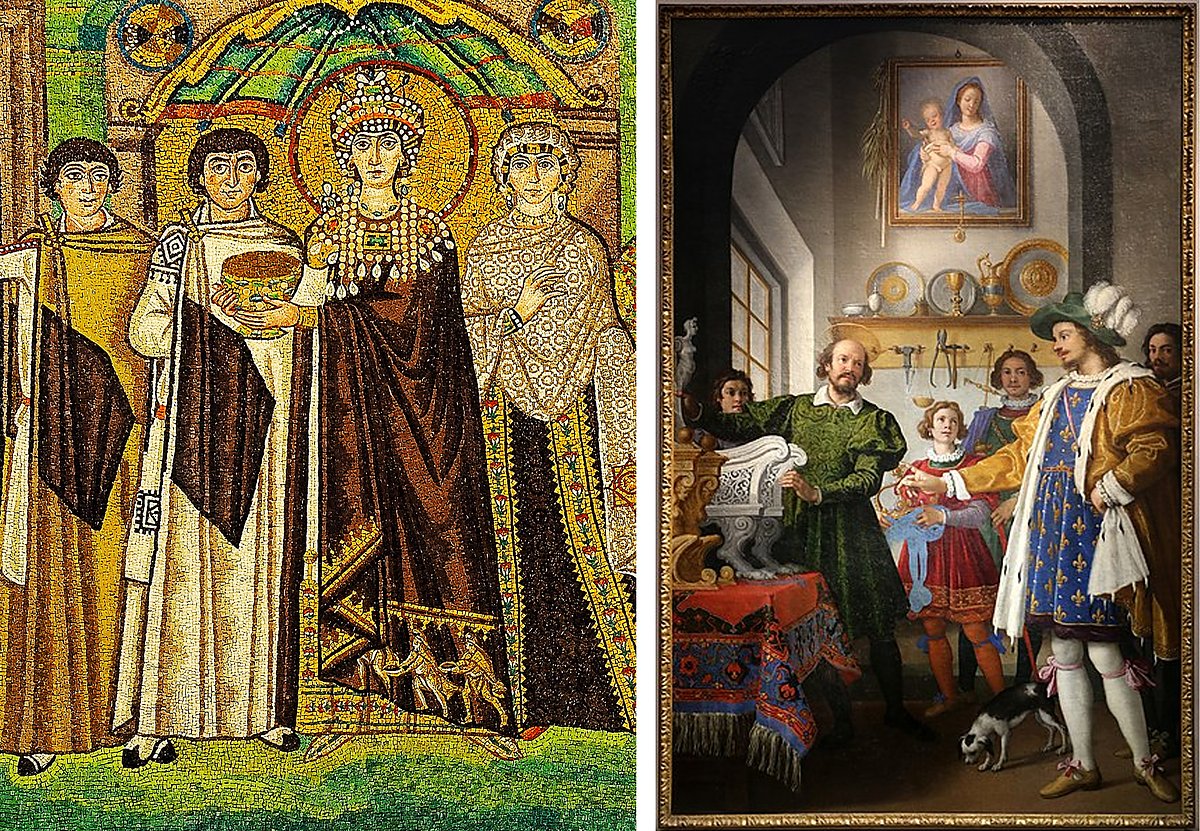
Art Patronage: A Historic Model for the Future
Friday, February 18, 2022
2:00 pm – 4:00 pm
Friday, February 18, 2022
2:00 pm – 4:00 pm
If you are unable to attend the event in-person, you can enjoy the live stream here:
Sales in the contemporary art market continue to soar, breaking records that once seemed far-fetched. Residencies, MFA programs, and burgeoning art fairs around the world evidence a robust support infrastructure, of which artists are meant to be the beneficiaries. And yet, some would say this only exacerbates inequities—that there is also a hollowing out underway, a stingy contraction happening within our great art institutions whose stewardship of culture is often a topic of impassioned debate. Artists carry the burden of responsibility, and in some cases hefty debt, to maintain studios with no guarantee of return. With the possibility of tectonic shifts in the future, what might historical models of patronage—the generosity of popes, politicians, and empresses, from the Byzantine era to the Renaissance— teach us about the necessity of a reimagined model of patronage?
This idea will be addressed by two celebrated historians: Judith Herrin and Monsignor Timothy Verdon.
Judith Herrin’s presentation When Women Saved the Image will develop an idea presented in her book: Women in Purple, a historical discussion of three Byzantine empresses who protected and saved Marion icons during the great upheaval of Iconoclasm during Early Christendom. Had they not succeeded, the development of religious art might have become stymied in non-human representation, and the growth of iconic art would not have existed to influence the Italian Renaissance.
Then, Monsignor Timothy Verdon asks: Sacred Art, Mission or Market: Florence and the Renaissance Synthesis, questioning whether the production of sacred art ought to be a mission or a business? The Bible makes no secret of the cost of art for places of worship, and Christian tradition acknowledges the sponsorship of art as a chief value. He’ll review how 15th and 16th century Florentine examples of patronage relate to contemporary situations, looking at successful 20th and 21st century artists drawn to sacred subjects.
Following their remarks, they will have a moderated conversation on the topic, including a Q&A with the audience.